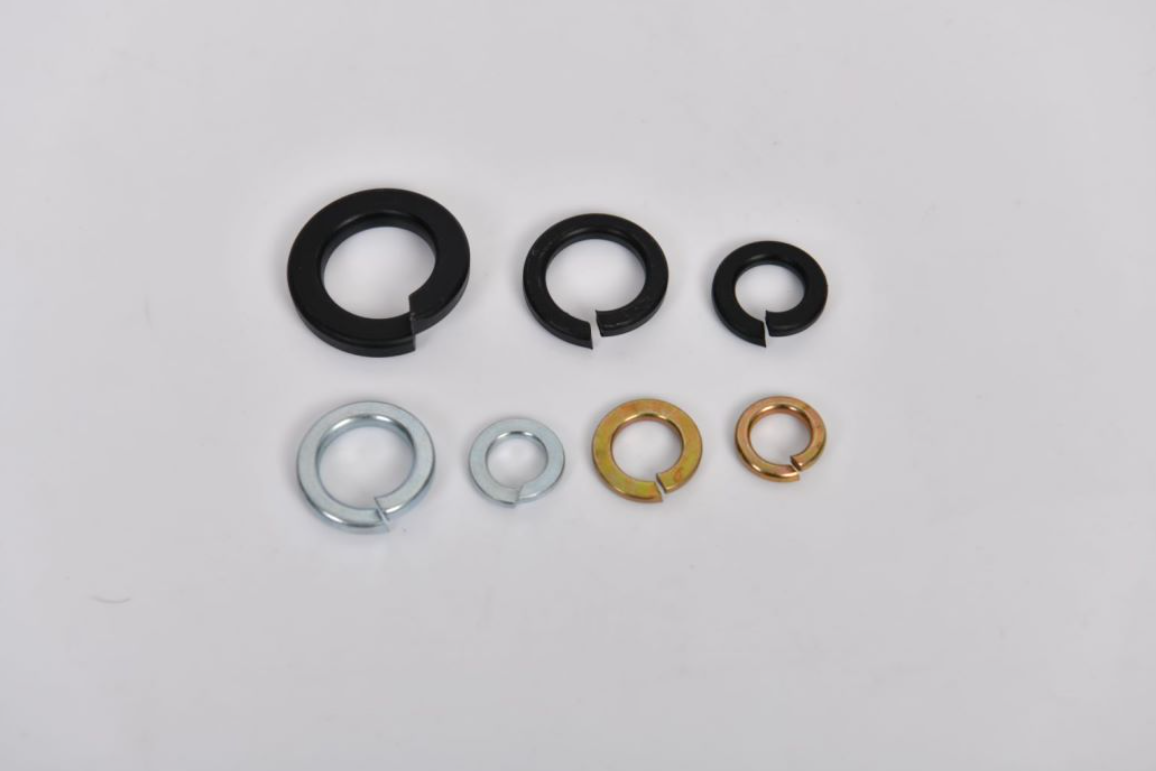spring washer vs lock washer company
Spring Washer vs. Lock Washer A Comprehensive Comparison
When it comes to securing fasteners in mechanical applications, the choice between various types of washers can greatly influence the performance and reliability of assembled components. Among these options, spring washers and lock washers are frequently debated. This article will explore both types, examining their features, benefits, and ideal applications.
Understanding the Basics
Spring Washers Spring washers are designed with a curved shape that allows them to compress slightly when installed. Their primary purpose is to absorb vibrations and maintain a constant clamping force on a fastener. The resilience of spring washers ensures that they can accommodate changes in load, which is particularly important in dynamic environments.
Lock Washers Lock washers, on the other hand, are designed to prevent loosening of fasteners due to vibrations or rotational forces. They typically feature a split or irregular shape, which creates friction against the fastener and the surface it is being tightened against. Lock washers come in various styles, including split lock washers, tooth lock washers, and serrated lock washers, each intended for different applications.
Key Differences
1. Functionality - The primary function of a spring washer is to maintain tension and absorb shock, while lock washers focus on preventing loosening. This fundamental difference means that they are often not interchangeable, as each serves its unique purpose.
2. Design and Shape - Spring washers are usually cylindrical and compressed in operation, while lock washers often take a more complex shape that allows them to bite into the material of the fastening element. This difference in design gives each washer its characteristic performance.
spring washer vs lock washer company

3. Applications - Spring washers are commonly used in applications that experience vibrations, such as engines, machinery, and vehicles, where maintaining clamping force is crucial. They are ideal for assembling components that require a flexible response to dynamic loads. - Lock washers are frequently used in scenarios where there is a high risk of fasteners loosening, such as in heavy machinery, automotive applications, and structural assemblies. Their design is tailored to secure fasteners in place, with minimal risk of failure due to vibrations.
Advantages and Disadvantages
Spring Washers - Advantages - Maintain constant pressure on fasteners. - Absorb vibrations and fluctuations, reducing wear and tear. - Prevents loosening over time. - Disadvantages - Less effective in extremely high-torque applications compared to certain lock washers. - Can be less effective if not properly matched with the fastener size and load requirement.
Lock Washers - Advantages - Very effective at preventing loosening, especially in high-vibration environments. - Can provide a more secure fit without the need for additional tools. - Disadvantages - May cause damage to the fastening surface over time due to the friction created. - Potential for fatigue failure if over-torqued.
Choosing the Right Washer
The decision between spring washers and lock washers ultimately depends on the specific requirements of the application at hand. When selecting a washer, consider factors such as the type of load, presence of vibrations, the importance of maintaining clamping force, and possible environmental conditions (e.g., exposure to moisture or chemicals).
In summary, both spring washers and lock washers have their unique advantages tailored for different scenarios. Understanding their functionalities, benefits, and limitations is crucial for engineers and technicians alike in order to enhance the performance and longevity of mechanical assemblies. Whether you are building an engine, constructing a bridge, or assembling furniture, the correct choice of washer can make a significant difference in the reliability and safety of the final product.
-
Top Choices for Plasterboard FixingNewsDec.26,2024
-
The Versatility of Specialty WashersNewsDec.26,2024
-
Secure Your ProjectsNewsDec.26,2024
-
Essential Screws for Chipboard Flooring ProjectsNewsDec.26,2024
-
Choosing the Right Drywall ScrewsNewsDec.26,2024
-
Black Phosphate Screws for Superior PerformanceNewsDec.26,2024
-
The Versatile Choice of Nylon Flat Washers for Your NeedsNewsDec.18,2024










